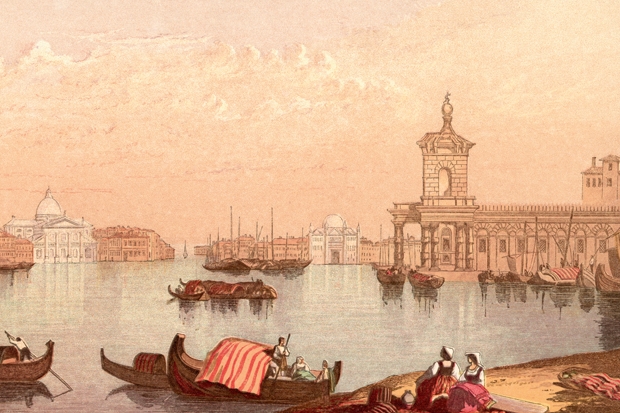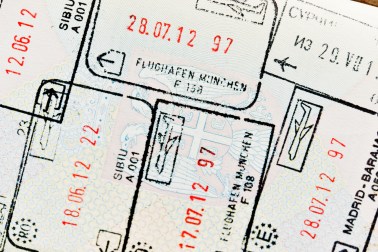For Henry James it was ‘the repository of consolations’. Wordsworth, an earlier visitor, called it ‘the eldest child of liberty’. Ruskin, a self-professed ‘foster child of Venice’, dedicated his life to study of its buildings. Wagner and Browning died there, and Stravinsky left instructions to be buried there, in the island cemetery of San Michele, near the resting place of his friend and mentor Sergei Diaghilev.
La Serenissima, which held the East in fee, is a city like no other. The Republic of Venice may have been ground under Bonaparte’s jackboot in 1797 but its independence of mind and spirit lives in the hearts and minds of all who have fallen under the spell of Saint Mark’s winged lion. The city’s patron saint is interred in the great church that takes his name, with sword and open book the symbols of this unique city.
It is the city of carnival, and the city of death.

Get Britain's best politics newsletters
Register to get The Spectator's insight and opinion straight to your inbox. You can then read two free articles each week.
Already a subscriber? Log in







Comments
Join the debate for just £1 a month
Be part of the conversation with other Spectator readers by getting your first three months for £3.
UNLOCK ACCESS Just £1 a monthAlready a subscriber? Log in